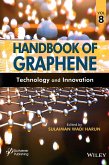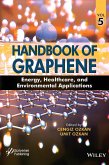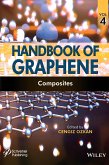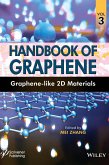This unique multidisciplinary 8-volume set focuses on the emerging issues concerning graphene materials and provides a shared platform for both researcher and industry. Graphene-based materials have recorded significant usage in the medical industries, especially in the areas of bioelectronics, imaging, drug delivery, and tissue engineering. A key property that has made this material relevant has been its excellent electrical, mechanical, and thermal properties and its biocompatibility. These materials also demonstrate excellent electrochemical and optical properties, as well as the capability to adsorb a variety of aromatic biomolecules through a - stacking interaction and/or electrostatic interaction, which makes them ideal materials for constructing biosensors and loading drugs. Volume 7 is solely focused on Biomaterials of Graphene. Some of the important topics include but not limited to: Biological, biomedical and medical applications of graphene and graphene-based materials; effect of graphene oxide nanosheets on the structure and properties of cement composites; adaptation and viability of graphene-based materials in clinical improvement; graphene-based synaptic devices for neuromorphic applications; graphene-based materials for implants; ultrashort pulse fiber laser generation using molybdenum disulfide and tungsten disulfide saturable absorber; handbook on the graphene modified asphalt; graphene-based materials for brain targeting; antimicrobial activities of graphene-based materials; graphene quantum dots - a new member of graphene family: structure, properties and biomedical applications; functionalized graphene nanomaterials as biocatalysts: recent developments and future prospects. Audience This book is intended for researchers and graduate students in the field of advanced materials and graphene in particular, who are currently investigating the fundamental properties of this material and its applications in micro- and nanotechnologies.








